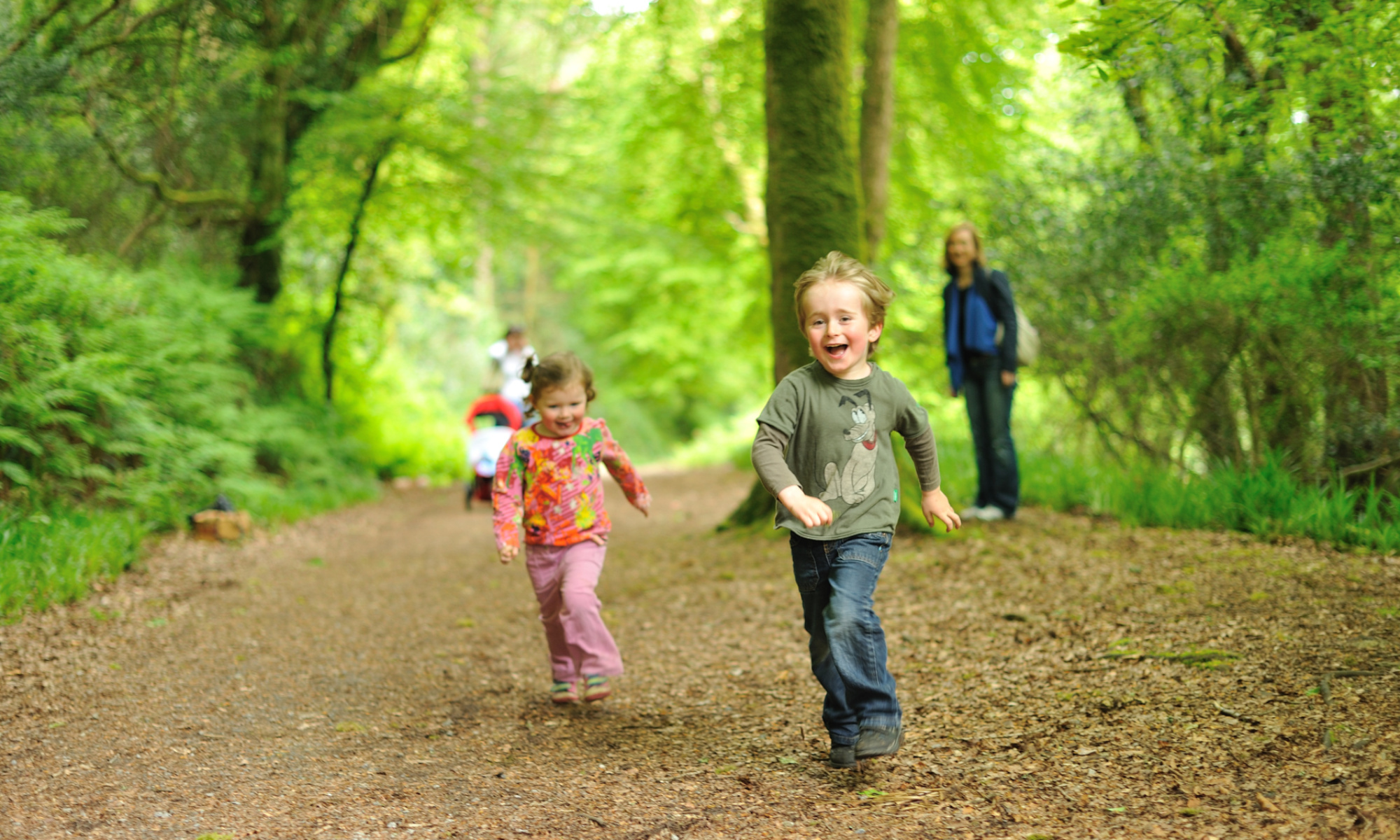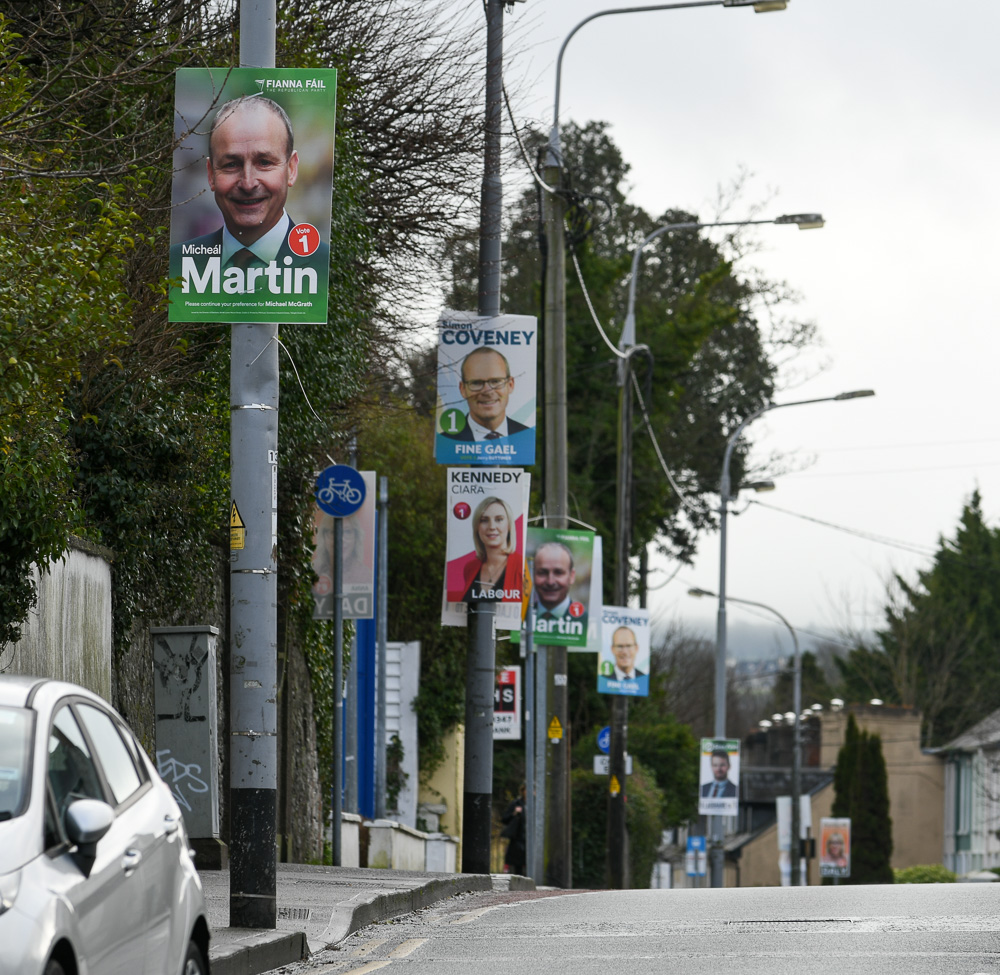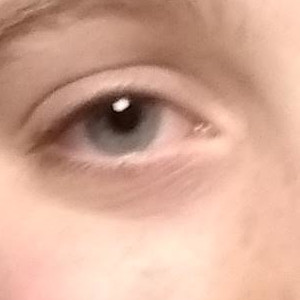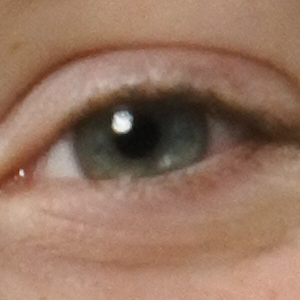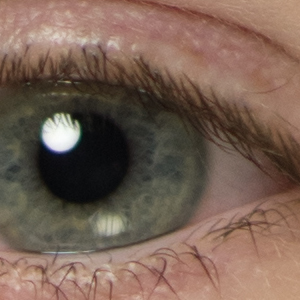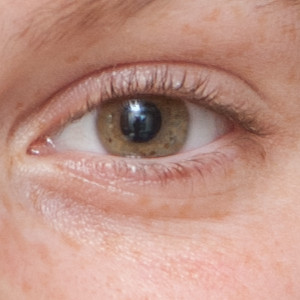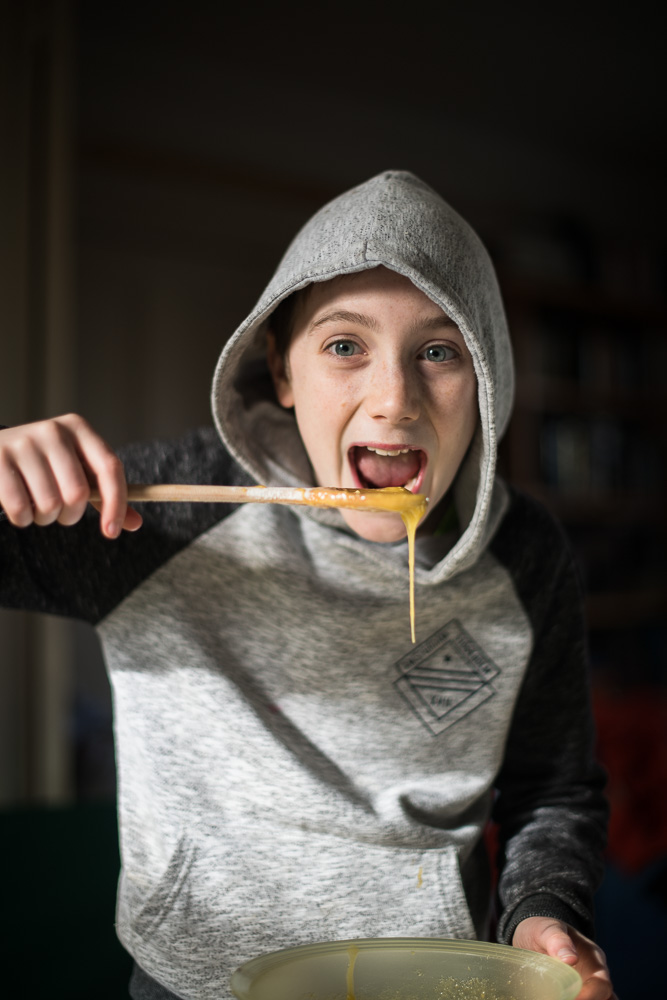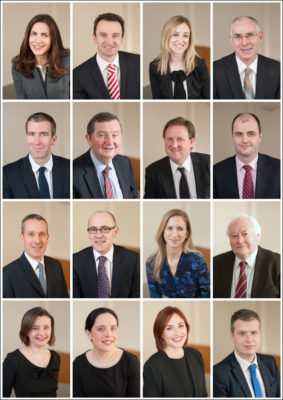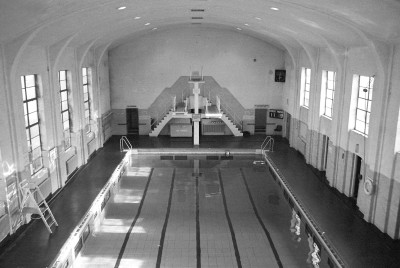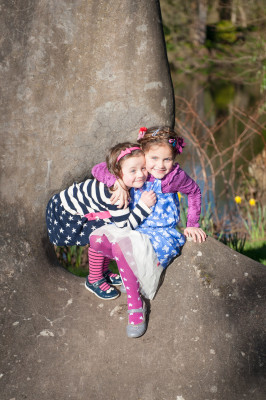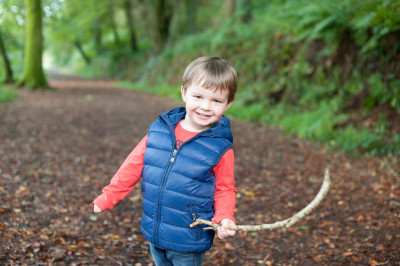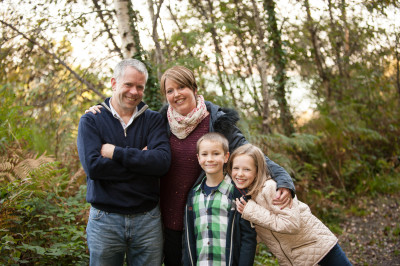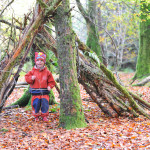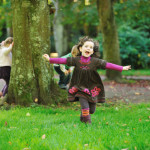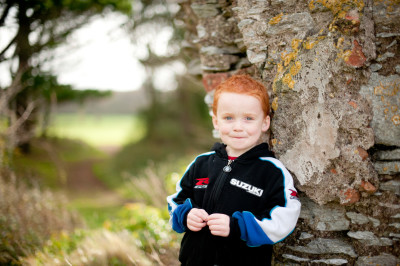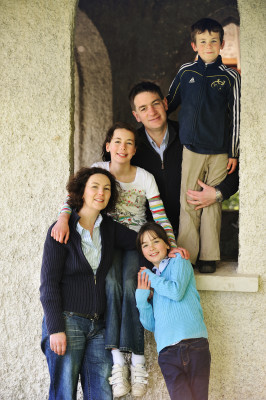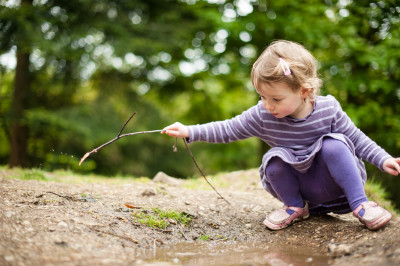A few strands came together yesterday:
After ripping my oldest white paper background in half on-site on Wednesday, I needed to check out a couple of studio paper backgrounds that I’d been given by another photographer.
So I hoisted the stand and unrolled them to see what they were like.
First off, after you got through the inevitable dirty bit at the bottom, the white one was actually in better shape than my old one (and much more there). Result.
Then there was a black one. Never used black. It’s a little bent but most of it is good.
I wanted to see how the black would look. There’s no one around to model it. We’ll do a self portrait then.
Cue the second thread: I’ve been thinking about a self-portrait for a while. Wondering how I’d like to photograph myself. It is a very challenging task for a number of reasons:
- No one really likes pictures of themselves. No one normal anyway
- I do this a lot for other people. I know too much.
- I know lots of ways to take a portrait and have considered the whys and wherefores of each option.
- I know how small things change the way we read a face in a still image. I know the work I put in to get that right in other people.
- I think way too much about this kind of thing.
- With all of the above, I expect to be judged by my own self-portrait (maybe I’m actually judging myself)
So all in all, it’s just not happening.
I’ve had a few ideas but not really progressed them.
Moreover I’ve enjoyed looking (and secretly mocking) other photographers’ attempts to do their own job on themselves. Mysteriously, the majority seem to involve hiding behind a camera: “I’m a photographer, I must have a camera in my image”. It seems to be some kind of rule. And some photographers love rules.
Buy Why? Does the camera define you? Why do you hide? When you look at the profile images on LinkedIn, why so only the photographers include their tools? You don’t see dentists holding drills. It’s rare even to see musicians holding instruments – and those that do don’t hide behind them. So what’s the story? Is it a secret code? Some even hold them like they are some kind of weapon!
To me it demonstrates a woeful lack of comprehension of exactly what it is a profile image does. From the people who should know the most – but maybe it’s just me that thinks about this stuff. Maybe the other guys just take the photo.
But the arrival of the black background and 15 minutes spare finally started me off.
Perhaps it’s the complete randomness that got me started: I never shoot on black; I hardly ever use studio light. I’d imagined my self-portrait to be completely typical of my best work (soft natural light, shallow focus, blurred contextual background, engaged expression) and this was the exact opposite.
Of course the wasn’t much time and the wireless remote release wouldn’t work (again) so it’s just a very simple start with a plan for future iterations (which is very me): black background, one light, prime lens, self timer. I only took a couple and some were out of focus (because of the self-timer thing).
And I need a hair cut.
But it’s not bad – considering the subject matter.

